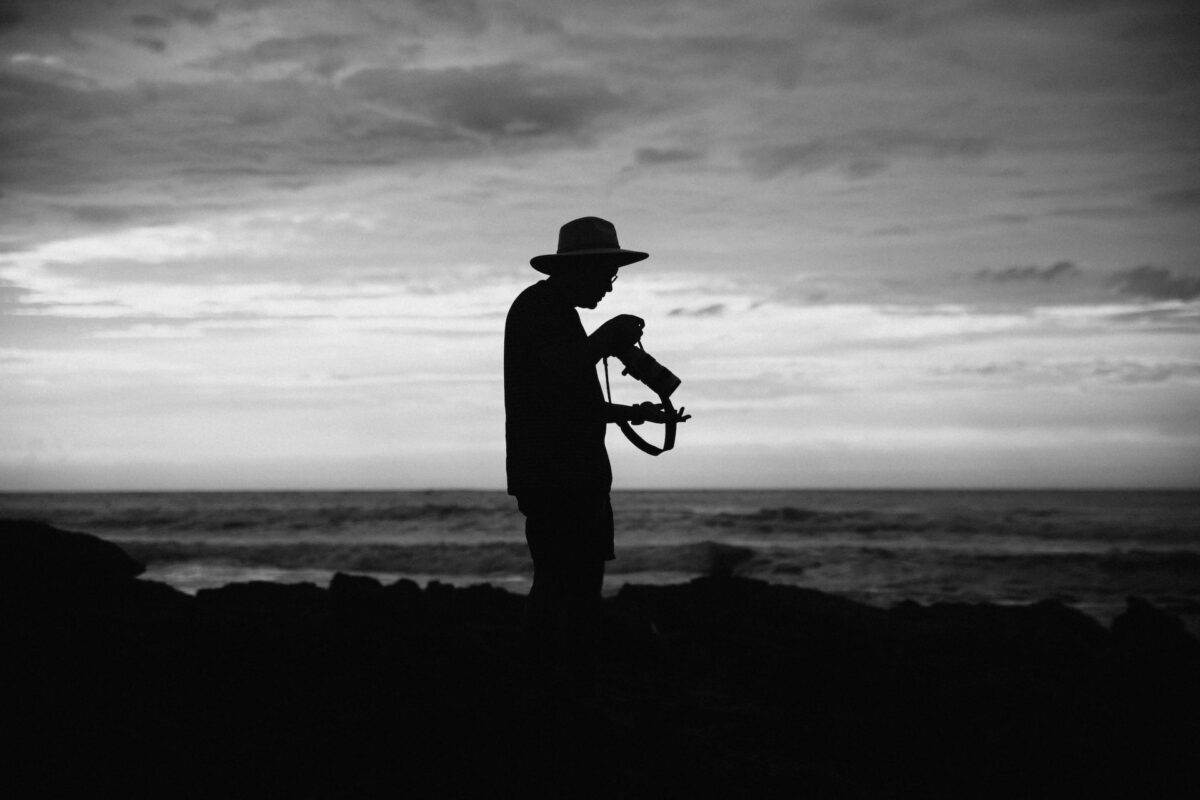When I finally sat down to watch the 2023 Universal Pictures film “Renfield,” I did so with an open mind.
It may not be surprising, but I tend to be the kind of person who takes films too seriously.
I think the fact that I refer to movies as “films” is evidence enough that I need to spend more time outdoors and less time analyzing the microexpressions of dewy-eyed male actors.
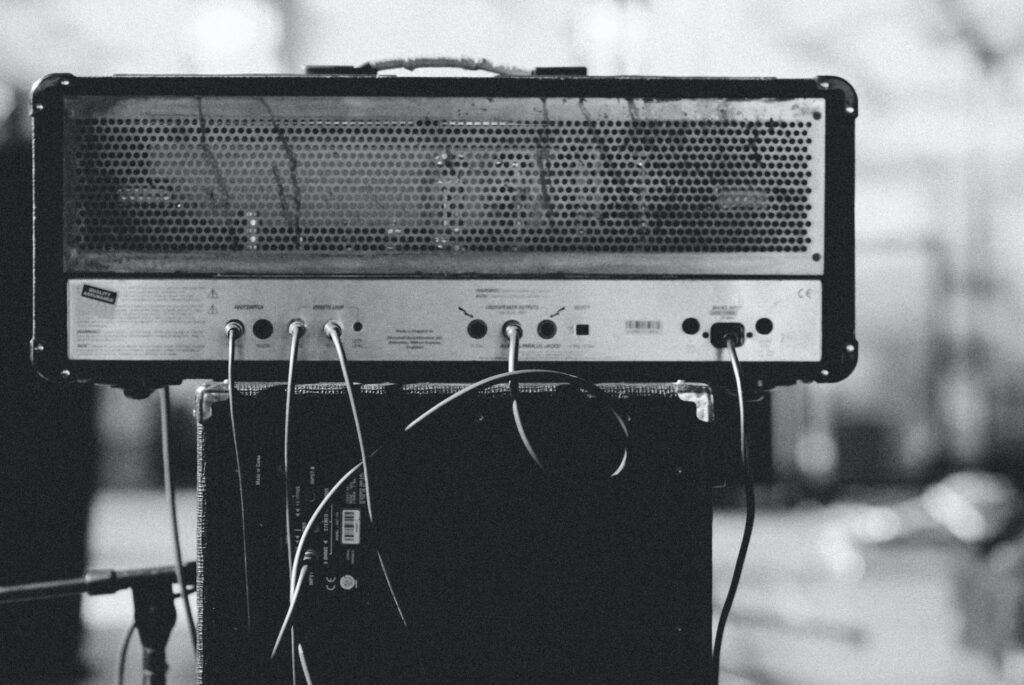
So going into “Renfield,” I tried to manage my expectations. I’d already heard that the film wasn’t anything groundbreaking — I mean, how could it be? — but that it was, at face value, an extremely fun watch.
And it was.
The shlocky cartoon violence and Mortal Kombat-style body horror was beautifully camp when paired with the MCR-sad-kitten-guyliner realness of Nicholas Hoult.
But what I couldn’t have possibly prepared myself for was the integration of ska — a genre I barely understood — into the film’s plotline.
So, What’s Ska?
Ska’s origins can be traced back to the 1950s in Jamaica, born of an early form of American-inspired rhythm and blues.
Jamaica’s first indigenous urban pop style, ska developed from the “shuffling rhythm” of American blues singer Rosco Gordon and different aspects of Caribbean folk music.
Due to Jamaica’s largely orally-transferred musical history, the identity of the so-called “author” of the ska genre remains contested.
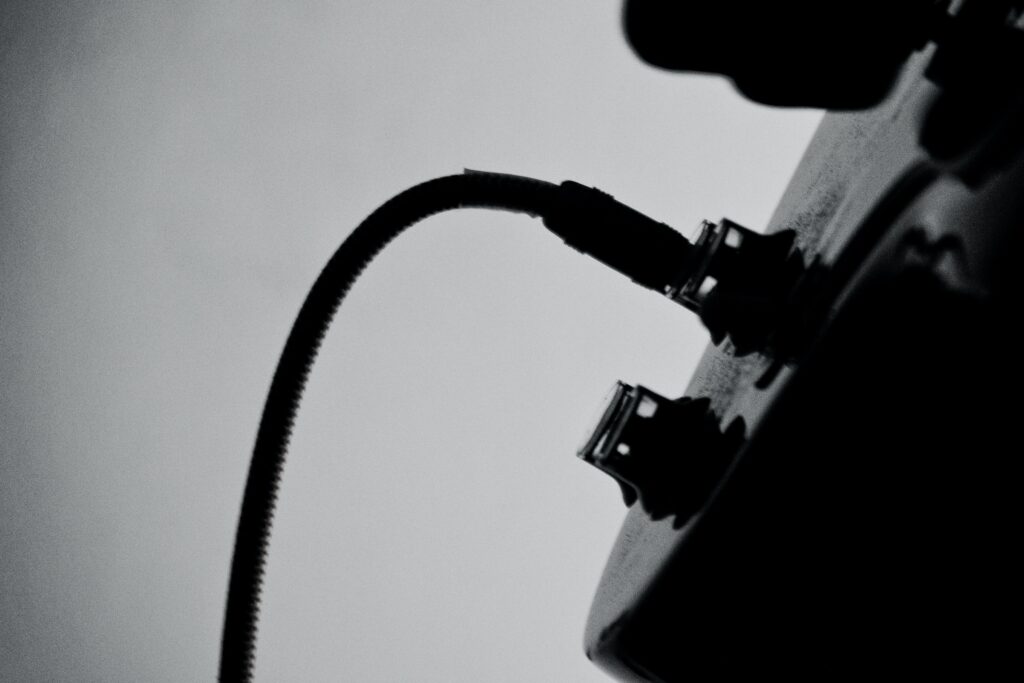
However, Jamaican guitarist and composer Ernest Ranglin is often named as the “godfather of ska” and a major player in the development of reggae.
The Skatalites
Following Jamaica’s 1962 indepencence from British rule, ska enjoyed a sort of renaissance.
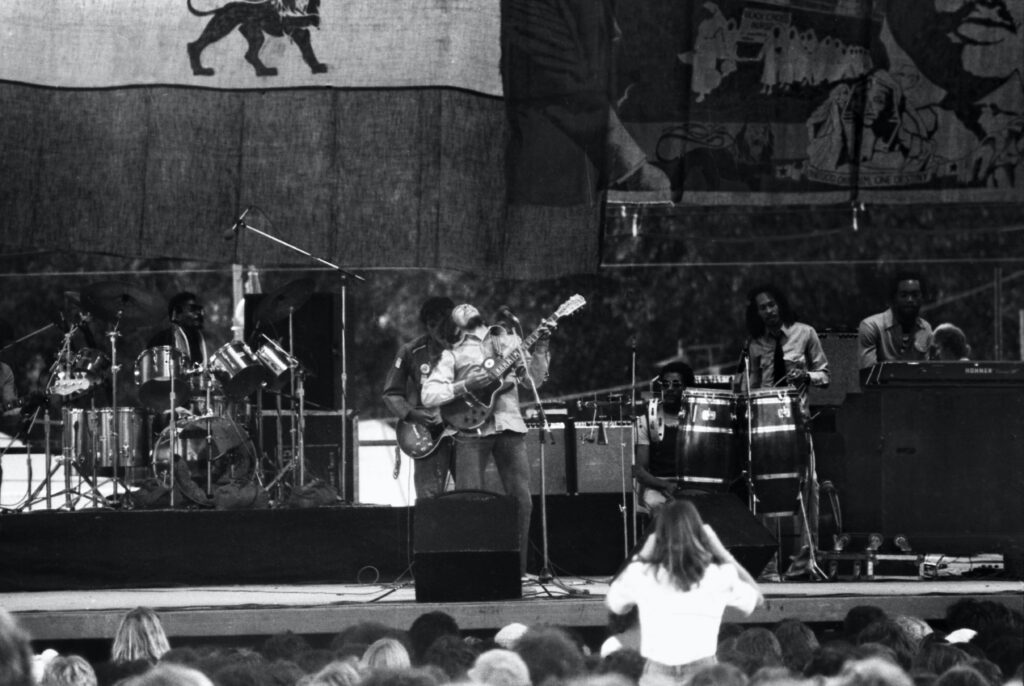
Don Drummond, Roland Alphonso, Dizzy Johnny Moore, Tommy McCook, Lester Sterling, Jackie Mittoo, Lloyd Brevette, Jah Jerry and Lloyd Knibbs joined together to become the Skatalites in 1963, strengthening the foundation of the genre by making several seminal recordings for leading producers and offering support to prominent singers.
Among these individuals, Don Drummond distinguished himself as a prominent pioneer of the genre until his confinement in 1966.
What Does it Sound Like?
Unlike other genres, ska’s sound comes from very specific characteristics.
Ska music typically has a fast tempo, a 4/4 timescale, prominent horns and strongly accented offbeat guitar chords (also known as a “skank”).
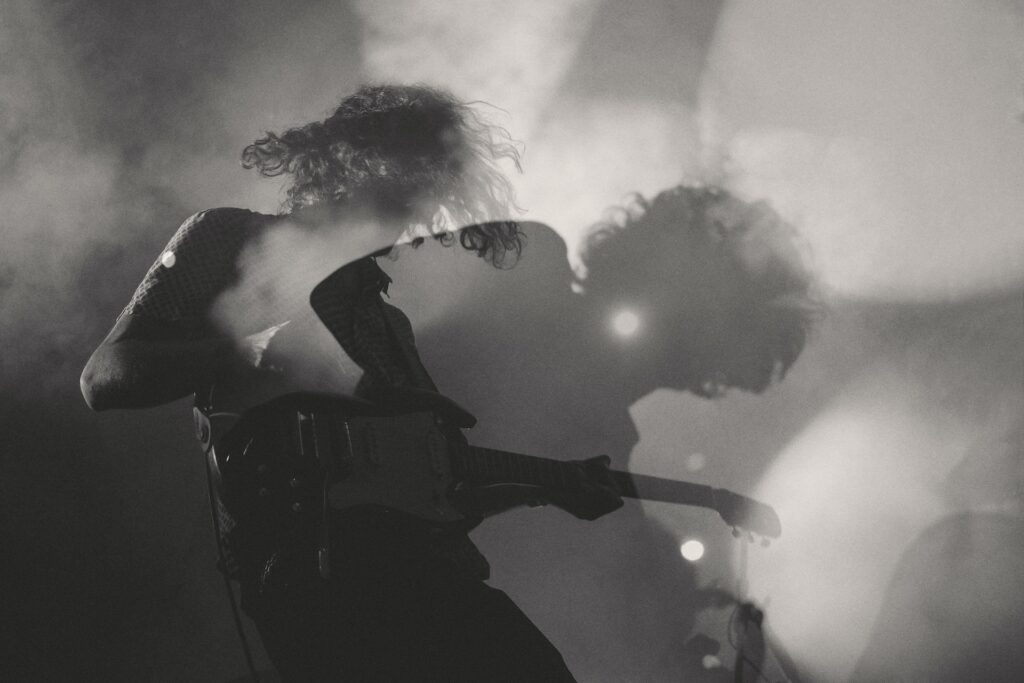
Typical ska bands feature guitars, bass, drums, saxophone, trumpet, trombone and vocals with melodic tradeoffs between singers and the horn section.
As ska developed further as a genre and pervaded into the musical conciousnesses of other worldly regions, it underwent several “waves” and branched off into fusion genres, such as ska punk.
Final Thoughts
Though often the subject of comedic derision (and normal derision), ska is a deeply influential and important genre, especially in relation to the punk subculture.
However, its influence remains largely obfuscated in discourse. While this article specifically offers a (very brief) overview of the ska genre’s origins and aspects of its style, I encourage anyone interested to delve deeper into the complex relationship between ska and its ethos and the punk rock subculture.
Understanding the intersectionality of these two spheres (which, perhaps, are not as distinct from one another as one may think) adds important context to the racial, social and cultural dynamics that shape, and have shaped, music subculture as we understand it today.
Additional Reading
- Kauppila, Paul. “‘FROM MEMPHIS TO KINGSTON’: AN INVESTIGATION INTO THE ORIGIN OF JAMAICAN SKA.” Social and Economic Studies, vol. 55, no. 1/2, 2006, pp. 75–91. JSTOR, http://www.jstor.org/stable/27866458. Accessed 22 Sept. 2023.
- Hutton, Clinton, and Garth White. “The Social and Aesthetic Roots and Identity Of Ska.” Caribbean Quarterly, vol. 53, no. 4, 2007, pp. 81–95. JSTOR, http://www.jstor.org/stable/40655000. Accessed 22 Sept. 2023.

